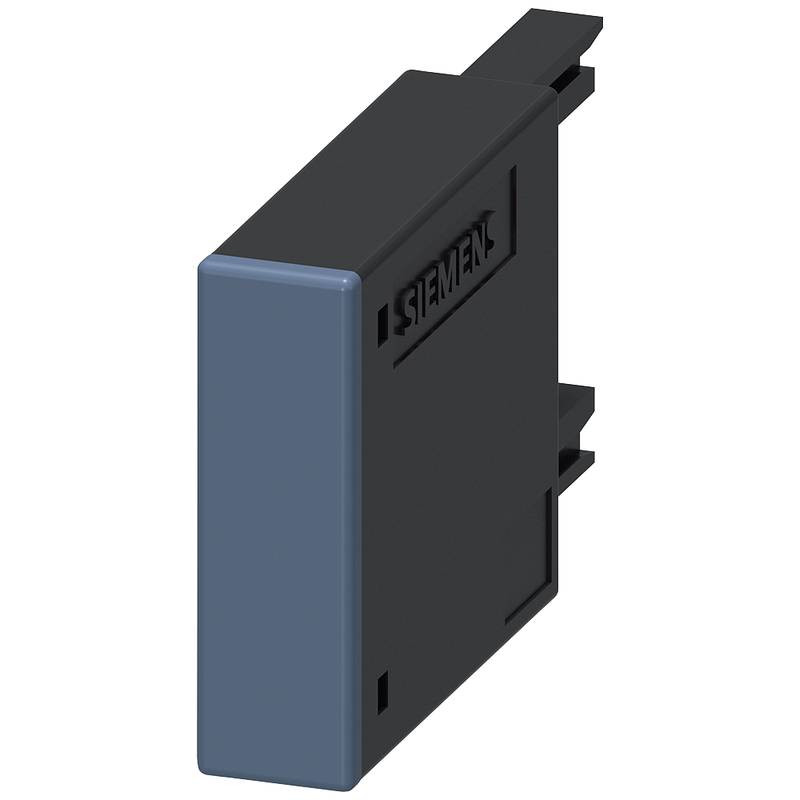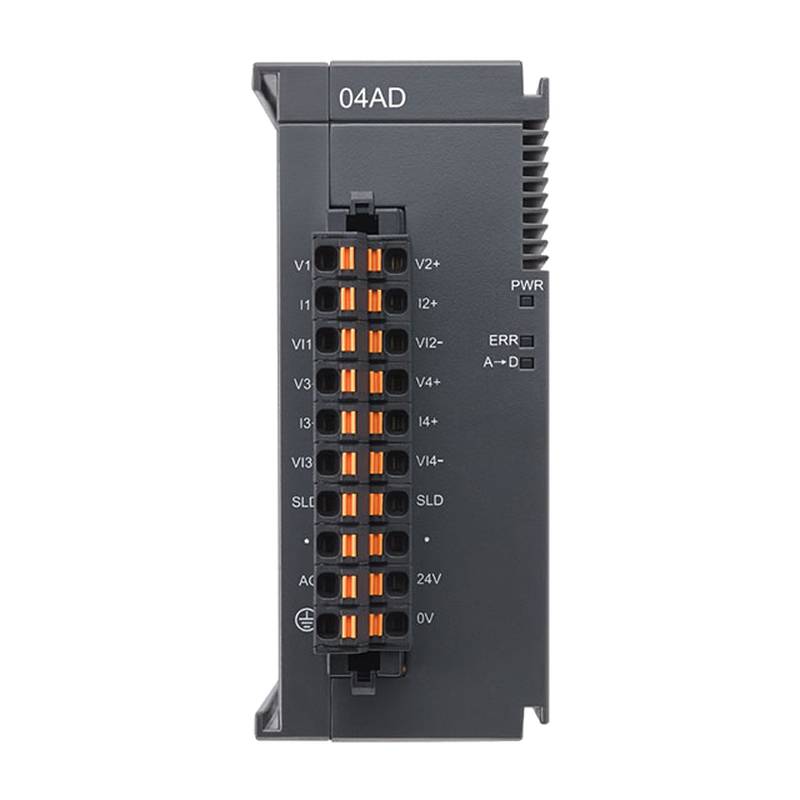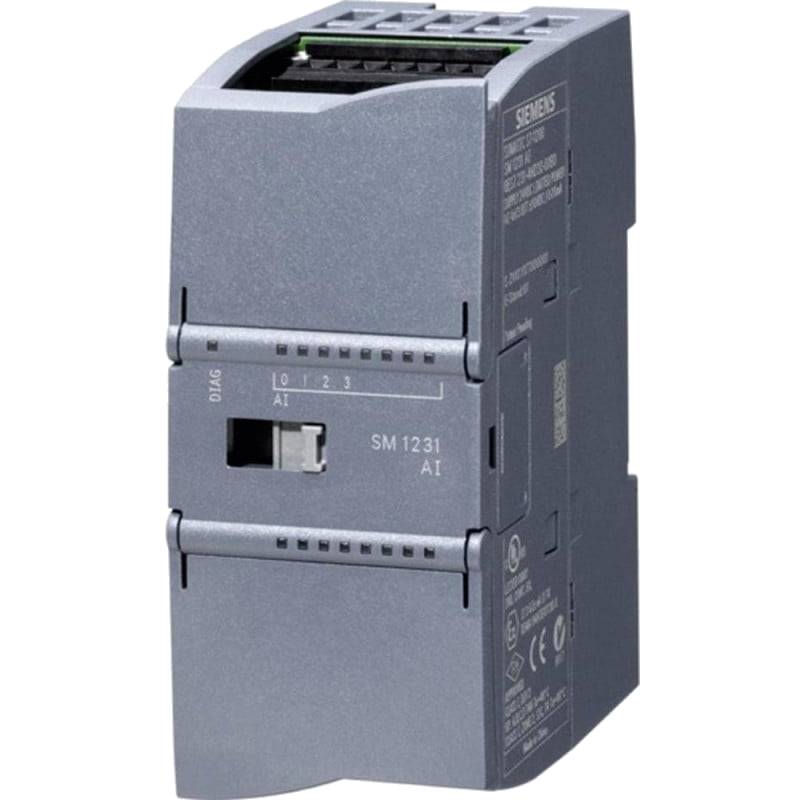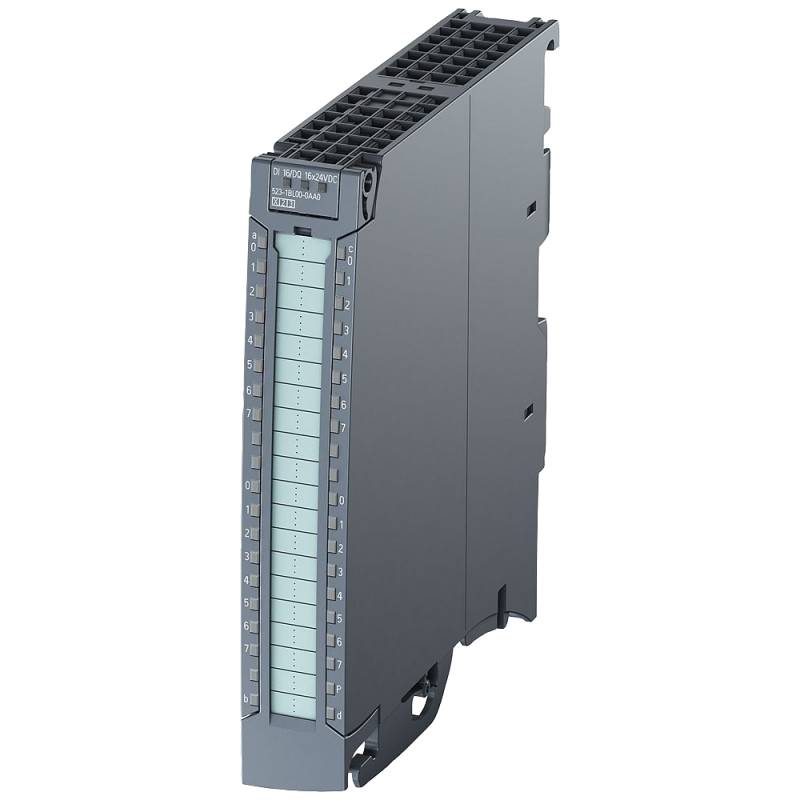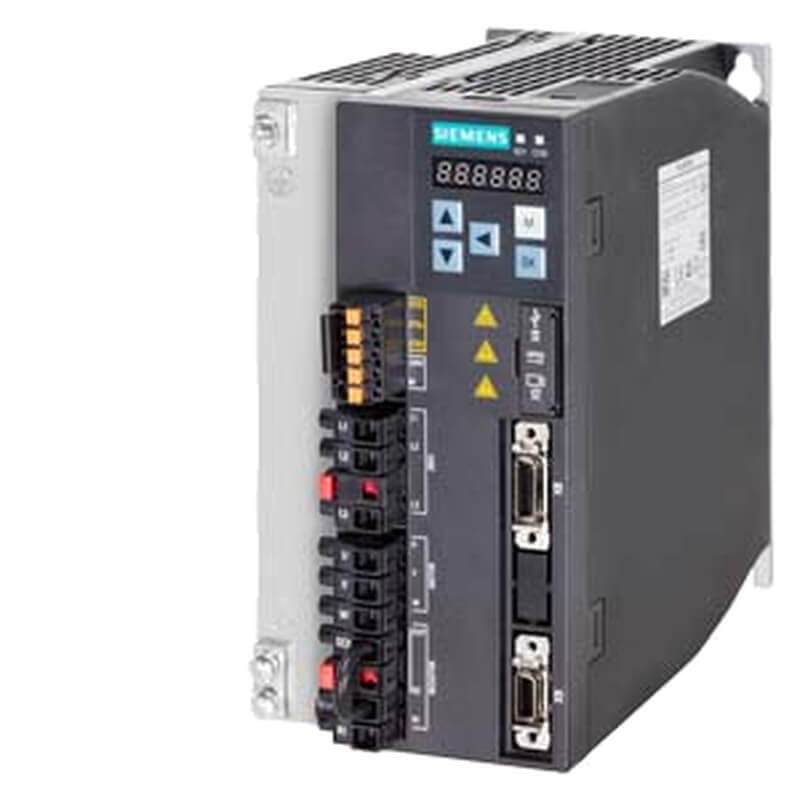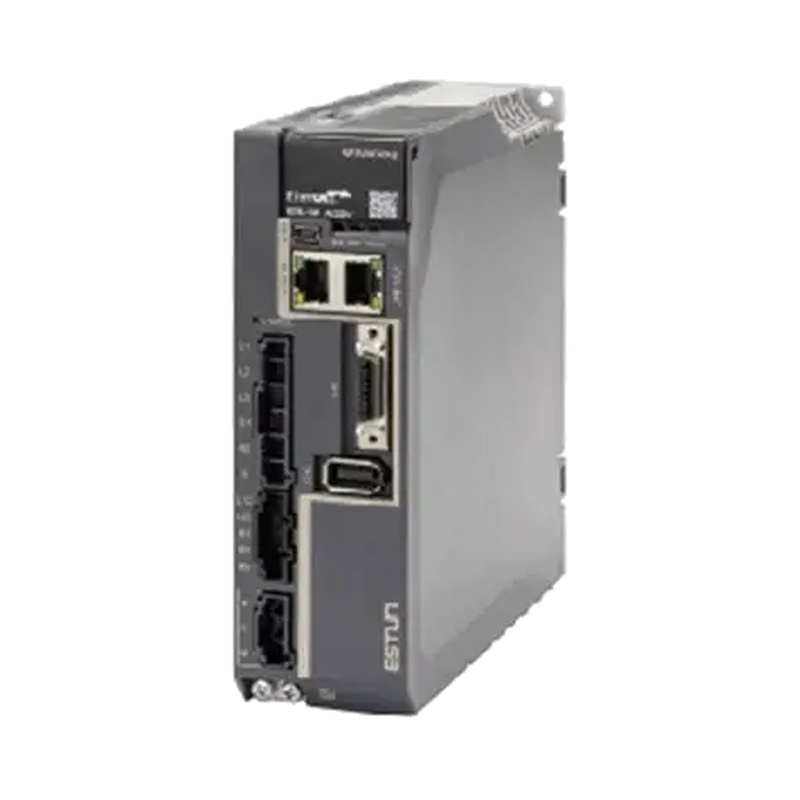
This article provides an expert-level overview of the Siemens 5SY6208-8CC Motor Circuit Protection Breaker 2P 8A, focusing on its technical specifications, key features, applications, and integration.
Siemens 5SY6208-8CC Motor Circuit Protection Breaker 2P 8A: Technical Specifications and Key Advantages
The Siemens 5SY6208-8CC is a robust 2-pole, 8-ampere miniature circuit breaker (MCB) designed for reliable motor circuit protection. It offers a breaking capacity of 6 kA at 400V AC, ensuring safety in fault conditions. This device features a Type D tripping characteristic, which is crucial for applications involving high inrush currents, such as motor startups. Its compact design, with a width of two-pitch units and a depth of 70mm, facilitates efficient use of panel space. The breaker is built with high-quality materials, being halogen-free and silicon-free, contributing to a safer operational environment. With a mechanical service life of 20,000 operating cycles, it promises durability and long-term performance.
| Specification | Value |
| :---------------------------------- | :---------------------------------------- |
| Product Number | 5SY6208-8CC |
| Poles | 2 |
| Rated Current (Inom) | 8A |
| Rated Voltage (AC) | 400V |
| Breaking Capacity (Icn) | 6 kA |
| Tripping Characteristic | Type D |
| Frequency | 50/60 Hz |
| Insulation Voltage (Ui) | 440V |
| Degree of Pollution | 3 |
| Overvoltage Category | III |
| Mechanical Service Life | 20,000 cycles |
| Ambient Temperature | -25 °C to +55 °C |
| Connection Type | Screw clamp terminals |
| Mounting | DIN rail |
| Dimensions (W x H x D) | 40 x 90 x 70 mm (approximate) |
| Halogen-free / Silicon-free | Yes |
Core Features & Market Positioning
The Siemens 5SY6208-8CC stands out due to its specialized Type D tripping curve, making it a preferred choice for protecting inductive loads and motors where high starting currents are expected. This differentiates it from MCBs with Type B or C characteristics, which might trip prematurely under such conditions. Its design prioritizes safety and reliability, incorporating touch protection and clear mechanical trip indication. While the specific product number (5SY6208-8CC) might be reaching the end of its product lifecycle, with successor products like the 5SY4208-8 available, its established reputation within the Siemens SENTRON series signifies a commitment to quality and industry standards. This breaker is positioned as a dependable component for industrial control panels and machinery requiring precise motor protection.
Key Application Scenarios
The Siemens 5SY6208-8CC is ideally suited for applications demanding robust protection against overloads and short circuits, particularly where motors or other high-inrush loads are involved. Common scenarios include:
Motor Control Circuits: Protecting individual motors in industrial machinery, pumps, fans, and conveyor systems. The Type D characteristic ensures it can handle the temporary high current during motor startup without nuisance tripping. Industrial Automation: Integrating into control cabinets for automated production lines and manufacturing equipment where reliable power distribution and fault protection are paramount. Power Distribution in Industrial Facilities: Providing branch circuit protection in areas with heavy inductive loads, such as workshops or areas with heavy machinery. Specialized Equipment: Protecting equipment that experiences significant current surges during operation, such as welding equipment or certain types of lighting systems.
Practical System Integration Guidance
Integrating the Siemens 5SY6208-8CC into an electrical system is straightforward, adhering to standard DIN rail mounting practices. The breaker features screw clamp terminals at both the top and bottom, offering flexibility for wiring and infeed. For solid conductors, the connectable cross-section ranges from 0.75 mm² to 35 mm², and for finely stranded conductors with wire end processing, it's up to 25 mm². The recommended tightening torque for the screw terminals is between 2.5 to 3.5 N·m. Its touch-protected design enhances safety during installation and maintenance. It's important to note that this specific model may be discontinued, with successors like the 5SY4208-8 available, which would follow similar installation procedures.
Operation and Risk Mitigation
Operating the Siemens 5SY6208-8CC involves straightforward manual or automatic tripping mechanisms. The mechanical trip indicator clearly signals when the breaker has tripped due to an overload or short circuit, facilitating rapid fault identification. Risk mitigation is inherent in its design: the Type D curve prevents nuisance tripping from normal motor start-up inrush, thus maintaining operational continuity. In the event of a fault, the 6 kA breaking capacity ensures it can safely interrupt the circuit, protecting both the equipment and personnel. Users should ensure that the ambient temperature remains within the specified operating range of -25 °C to +55 °C to guarantee optimal performance and prevent overheating. Regular visual inspection for any signs of damage or wear is recommended as part of a preventative maintenance schedule.
Scalability & Long-Term Value
While the Siemens 5SY6208-8CC is noted as being at the end of its product lifecycle, with successors available such as the 5SY4208-8, its value lies in its established compatibility within Siemens' broader SENTRON product family. This ensures that systems built around these breakers can often accommodate newer versions with minimal redesign, maintaining a degree of scalability. Integration with digital solutions or IIoT platforms would typically be achieved through associated equipment like smart meters or communication modules, rather than direct integration with the breaker itself. The availability of spare parts or equivalent replacements from Siemens should be verified with the manufacturer or authorized distributors, especially given its discontinued status.
---
Frequently Asked Questions (FAQs)
Q1: What is the tripping characteristic of the Siemens 5SY6208-8CC, and why is it important for motor protection?
The Siemens 5SY6208-8CC features a Type D tripping characteristic. This is crucial for motor protection because it allows for higher inrush currents during motor startup without causing the breaker to trip prematurely.
This characteristic is designed to accommodate the temporary surge of current when a motor begins to spin. Without a Type D curve, standard breakers (Type B or C) might trip unexpectedly, disrupting operations.
The Type D curve provides a magnetic trip point of 10 to 20 times the rated current, offering robust protection against short circuits while tolerating motor starting surges.
Q2: Can the Siemens 5SY6208-8CC be used in residential applications?
The Siemens 5SY6208-8CC is primarily designed for industrial applications. Its Type D tripping characteristic is generally not standard for residential use.
Residential applications typically use Type B or Type C breakers, which are suited for lower inrush currents common in household appliances. Using a Type D breaker in a home could lead to over-sensitivity in some circuits.
For industrial and commercial settings with motors or heavy inductive loads, its Type D characteristic offers the necessary protection and selectivity.
Q3: What is the breaking capacity (kA) of the Siemens 5SY6208-8CC?
The Siemens 5SY6208-8CC has a breaking capacity of 6 kA. This rating indicates the maximum short-circuit current the breaker can safely interrupt without sustaining damage.
A 6 kA rating is suitable for many industrial and commercial installations where fault currents are anticipated to be within this range. It ensures the breaker will operate reliably during a short circuit event.
It is essential to ensure that the prospective short-circuit current at the installation point does not exceed this 6 kA rating to maintain safety and prevent equipment failure.
Q4: Is the Siemens 5SY6208-8CC still actively manufactured and available?
The Siemens 5SY6208-8CC is noted as being at the end of its product lifecycle and is discontinued. However, successor products are available.
While the exact model may no longer be in primary production, it might still be available through distributors as clearance stock or from secondary markets. It is best to confirm availability with suppliers.
Siemens often offers direct replacements or updated series, such as the 5SY4208-8, which provide similar or enhanced functionality and can be used as alternatives.
Q5: What are the key technical specifications of the Siemens 5SY6208-8CC?
Key specifications include a 2-pole configuration, an 8A rated current, and a 400V AC operational voltage. It features a Type D tripping characteristic and a 6kA breaking capacity.
The breaker is designed for DIN rail mounting and uses screw clamp terminals for connections. It operates within an ambient temperature range of -25°C to +55°C.
It is also specified as being halogen-free and silicon-free, meeting environmental and safety standards for industrial applications.
Q6: How does the Type D tripping characteristic differ from Type B and Type C?
Type B breakers trip between 3-5 times the rated current, suitable for lighting and general circuits. Type C breakers trip between 5-10 times, appropriate for resistive or moderately inductive loads.
Type D breakers have a higher trip range, from 10-20 times the rated current. This makes them ideal for loads with very high inrush currents, such as large motors or transformers.
The choice of tripping characteristic is critical for preventing nuisance tripping while ensuring effective short-circuit protection for the connected equipment.
Q7: What is the operating temperature range for the Siemens 5SY6208-8CC?
The Siemens 5SY6208-8CC is designed to operate reliably within an ambient temperature range of -25°C to +55°C. This broad range ensures functionality in various industrial environments.
Operating outside this specified temperature range can affect the breaker's performance and lifespan. High temperatures can lead to nuisance tripping or reduced current-carrying capacity.
Extreme cold can also impact the mechanical operation of the breaker. It is important to install and operate the device within these environmental limits for optimal safety and performance.
Q8: What is the mechanical service life of this circuit breaker?
The Siemens 5SY6208-8CC has a mechanical service life of 20,000 operating cycles. This refers to the number of times the breaker can be switched on or off manually without experiencing mechanical failure.
This value indicates the robust construction and durability of the breaker for frequent operational use. It is a key indicator of its long-term reliability in demanding applications.
Electrical service life, which depends on the number and magnitude of short-circuit events, is typically lower and should be considered based on installation conditions.
Q9: How is the Siemens 5SY6208-8CC mounted in an electrical panel?
This circuit breaker is designed for standard DIN rail mounting, which is a common and efficient method in electrical panels. Its compact width of two-pitch units saves valuable space.
The breaker features combined terminal blocks at both the top and bottom, simplifying wiring and connection. Screw clamp terminals are used for secure electrical connections.
Proper mounting on a secure DIN rail ensures stable electrical contact and mechanical integrity within the panel.
Q10: Are there any known compatibility issues with Siemens 5SY6 series circuit breakers?
The Siemens 5SY6 series, including the 5SY6208-8CC, is part of the broader SENTRON protection device family. Generally, these breakers are designed for compatibility within Siemens' low-voltage distribution systems.
However, since the 5SY6208-8CC is discontinued, direct compatibility should be verified with its successor, such as the 5SY4208-8, or other comparable Siemens series. Always consult datasheets and Siemens support.
When integrating with third-party components, it is advisable to check dimensional compatibility and electrical interface requirements to ensure seamless system operation.
















